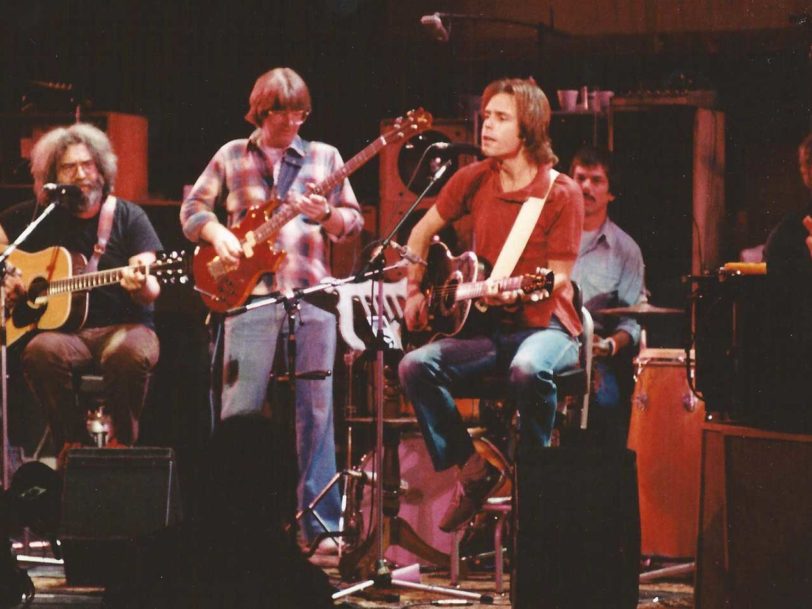Nineteen-seventy turned out to be a prolific year for Grateful Dead. Released that June, just seven months after the mind-expanding psychedelic workouts of 1969’s epochal Live/Dead, Workingman’s Dead revealed a softer, more country-music approach to the band’s sound. Following swiftly, on 1 November, American Beauty consolidated this new direction.
Mellifluous new sounds
If Workingman’s Dead embraced the “Bakersfield sound” – rough-hewn country, tinged by 50s rock’n’roll – then American Beauty dove deep into American folk and bluegrass traditions. Focusing on songwriting, melody, acoustic instrumentation, vocals and harmony, it found Grateful Dead echoing the mellifluous new sounds then emanating from Los Angeles’ Lauren Canyon scene.
American Beauty was a huge departure from the extended psychedelic jams that had made the Dead’s reputation half a decade earlier in the Haight-Ashbury area of San Francisco, when they were the house band at Ken Kesey and Neal Cassady’s Acid Tests. Renowned for playing for hours on end, with extended guitar solos from frontman Jerry Garcia, driven by Bob Weir’s endlessly creative rhythm guitar and underpinned by Phil Lesh’s bass, getting the band down on vinyl was like trying to bottle lightning.
Proto-Americana
Moving from the city to the countryside, the Dead left behind the hallucinogenic excesses and meandering jams, and began concentrating on writing shorter, more concise and accessible acoustic-led songs. With a strong emphasis on vocal harmonies, American Beauty is an album of real warmth and emotion, drenched in Californian sunshine and creating a proto-Americana that later surfaced in the music of Wilco, The Jayhawks, Chris Robinson, Dave Matthews, Son Volt, Manassas and others too numerous to mention.
Garcia’s main instrumental contributions to American Beauty were pedal steel, while his old bluegrass companion, David Grisman, delivered inspired mandolin that replaced the Dead’s lengthy soloing. Delicate support from the whole band allowed the listener to focus on the quality of the songwriting, with high points including the outstanding Friend Of The Devil and Garcia’s lilting singalong anthem Ripple.




